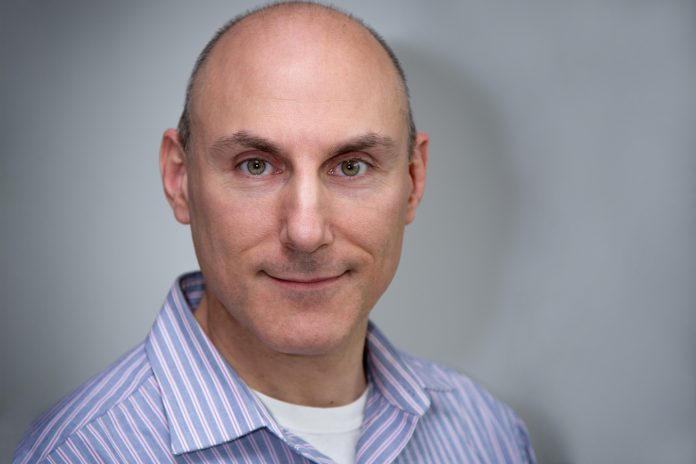Last week we marked the 10-year anniversary of the financial crisis. Today we’ll look at some of the lessons traders can take from the event for their own use in the future.
The first lesson is to recognize and respect price trends. The S&P 500, after all, made successively lower lows in March, July and September of 2008. Lower highs followed in April and August. This is the textbook definition of a bearish trend.
The second lesson is that trends often accelerate before they finish. The drops earlier in 2008 were pip squeaks compared with the massacre that would come in October: Six percent in January… 9 percent in June and September, followed by a 17 percent crash in October. Something to think about the next time you’re trying to bottom-fish a bearish stock or sell short a rallying one.
The third lesson is to think for yourself, which was really highlighted in a conversation with an institutional investor with a big slug of Lehman Brothers bonds. Going from memory, it went something like this:
Me: “John, Yahoo Finance shows $270 billion of debt on Lehman’s balance sheet. According to Wikipedia, that’s equivalent to the GDP of Switzerland.”
John the bond guy: “That’s just an accounting mechanism. I’ve covered Lehman for years. All of that debt is backed by real assets. They’re fine.”
About two weeks after this exchange, Lehman was bankrupt. Obviously not all cases are this obvious, but it illustrates how even highly educated and well-paid experts can miss the forest for the trees. My takeaway is that analysts are good for gathering background but often draw the wrong conclusions from that information.
Another lesson is to watch employment data — especially jobless claims. They ratcheted up super-fast before the market’s crash, from about 300,000 to 480,000 between September 2007 and September 2008. This clearly indicated a slowing economy before the crash.
The fifth lesson is to recognize market leadership. Most people were perfectly aware last decade that housing was a key part of the economic boom. But how many took heed of home-builders bleeding lower for almost two years before the crash? That suggested the leading catalyst for the whole boom had already ended.
Another lesson is that bubbles occur in unexpected places — in fact this may be necessary for bubbles to occur. An interesting aspect of the subprime phenomenon was that investors despaired of technology after the dotcom crash and yearned for “real companies” that do “real things.”
Burned by the Internet bubble crashing, they turned to consumer stocks, banks and home-builders. After all, houses never lose value — right? Without going into too much history, it’s also worth noting that other bubbles and crashes were associated with a sense that the asset in question had no risk. For example, the 1983 Latin American debt crisis or the stock-market frenzy of the 1920s.
In other words, bubbles aren’t caused by risk-taking, but by a sense that there is no risk. Complacency kills.
In conclusion, it could be years before we see another drop like October 2008. But the event still offers lessons for traders and investors. Going forward, let’s try to keep them in mind so we don’t repeat yesterday’s mistakes!






















